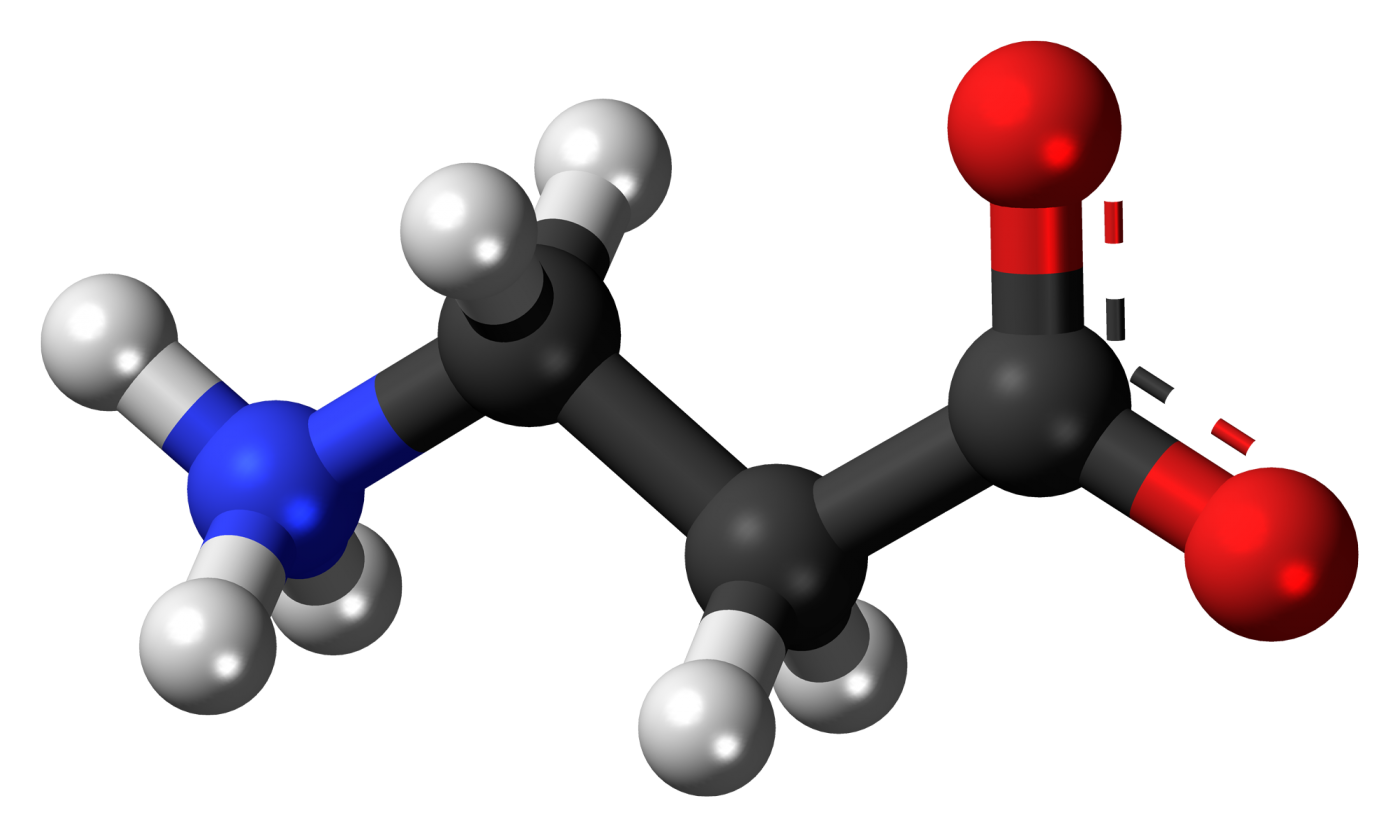Small Molecule That Regulates Nerve Cell Communication Shows Potential for Fragile X Treatment, Study Says
Written by |

A small molecule called IGS-1.76 that inhibits excessive interactions between nerve cells could potentially be developed as a therapeutic candidate for fragile X syndrome, a study shows.
The study, “Deciphering the Inhibition of the Neuronal Calcium Sensor 1 and the Guanine Exchange Factor Ric8a with a Small Phenothiazine Molecule for the Rational Generation of Therapeutic Synapse Function Regulators,” was published in the Journal of Medicinal Chemistry.
Fragile X syndrome (FXS) is a genetic disease associated with intellectual disability and autism. One of the key characteristics of FXS is synaptic dysfunction. A synapse is a point of contact between two nerve cells that allows them to communicate by transmitting electrical or chemical signals to one another.
Fragile X patients have abnormally high synapse density as well as irregular synaptic structures. The researchers in this study believe that “a deeper knowledge of synapse function regulation at the molecular level is necessary to develop an efficient pharmacologic treatment for this disease.”
Protein-protein interactions (PPIs) play an important role in multiple biological processes and abnormalities in PPIs have been implicated in several neurological diseases.
Prior studies have shown that interactions between two proteins, neuronal calcium sensor 1 (NCS-1) and Ric8a, are required to regulate synapse function. This particular PPI could serve as a potential therapeutic target for diseases with synaptic dysregulation, such as fragile X syndrome.
A previous study showed that a compound called phenothiazine FD44 — an inhibitor of NCS-1/Ric8a PPI — could reduce the number of synapses and associated cognitive deficits in a mouse model of fragile X.
Discovering PPI inhibitors can be quite difficult, mostly due to the diversity in sizes, shapes of interfaces, and binding affinities. Because no general rules are established to develop and design these molecules, researchers need to use a multifaceted approach.
To develop an improved small molecule version of FD44, the team studied the molecular structure of NCS-1/FD44 and used a wide range of advanced experimental and computational studies.
They identified a small molecule, called IGS-1.76, which could efficiently bind and inhibit PPIs between human NCS-1/Ric8a. In fact, IGS-1.76 had a 70-fold higher binding efficiency than the previously discovered FD44.
Importantly, despite the chemical differences between IGS-1.76 and FD44, they share the same mechanism of action. “All these data together make IGS-1.76 a promising new hit to be optimized as a potential drug candidate for Fragile X syndrome pharmacotherapy,” the researchers wrote.
In addition to fragile X, this small molecule has the potential to be used in many other conditions that are characterized by synaptic dysfunction, including autism, Rett syndrome, schizophrenia, and bipolar disorder.





